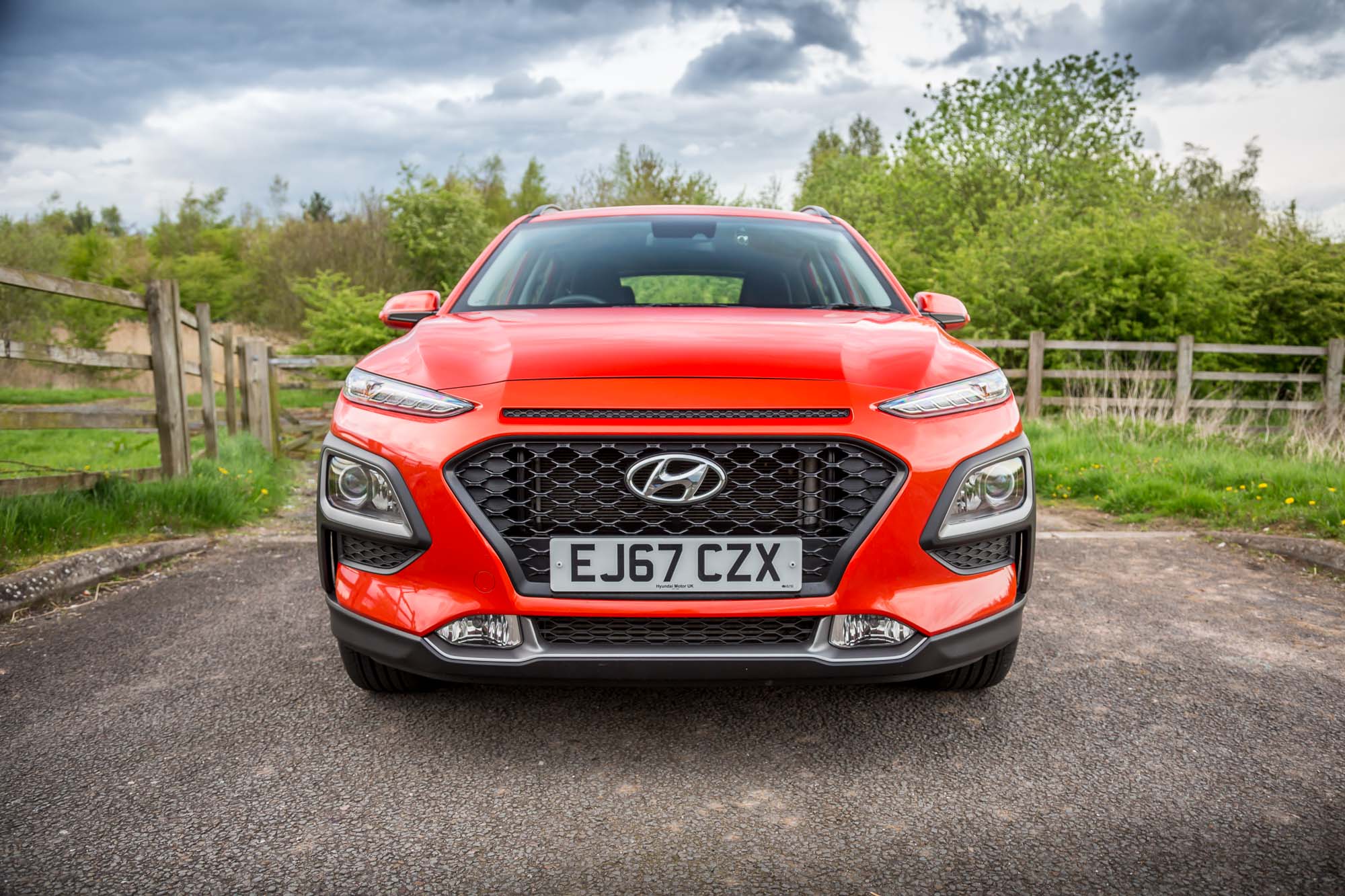Aftermarket parts are car replacement parts made by a company other than your car’s original manufacturer, hence the name. Many car users opt for them to improve the functionality and appearance of their vehicles.
There are two kinds of aftermarket parts: replacement parts and accessories. Replacement parts are used in cars when they need repairs, especially after an accident. Conversely, aftermarket accessories are added to change or improve a car’s look or operation.
Does Car Insurance Include Coverage For Aftermarket Parts?
Most car insurance companies don’t cover aftermarket parts in their basic policy. Installing them changes what your insurer thinks it’s insuring when you take out their car insurance policy.
If your basic policy doesn’t cover aftermarket parts, you can add coverage for them. In some cases, your insurers may offer varying levels of coverage, including aftermarket parts coverage, as part of your collision and comprehensive insurance.
It’s recommended to ensure that your insurer can cover aftermarket parts before modifying your car and getting into an accident. It’s not as easy as asking the question, should I use insurance to replace windshield?
Your car insurance company must recalculate everything and change your policy’s coverage going forward. Asking beforehand also allows you to negotiate a certain value for your vehicle in advance.
Uncovered Aftermarket Parts
While some insurance companies cover aftermarket parts, most insurance coverage is still subject to specific conditions. Above all, be fully aware of the following vehicle aftermarket parts that aren’t usually covered by car insurance.
1. Catalytic Converter
Also known as “cat-cons” or simply “cats,” catalytic converters are large metal boxes with two pipes on the underside of your vehicle. They convert toxic compounds from an engine’s emissions into safe gasses before being expelled through the tailpipe.
Most auto insurance companies don’t cover catalytic converters because reinstalling them is complex and costly. Mechanics don’t often recommend it since the replacement parts are often not as durable as the stock unit that came with your car. You may file a car insurance claim for catalytic converter theft if you have comprehensive coverage. Take note, only when it’s stolen. When it comes to damages, most comprehensive coverage doesn’t cover catalytic converters, especially if they’re damaged in an accident.
2. Alternators
Alternations are another part of combustion engine vehicles that aren’t typically covered by most car insurance. Their purpose is to charge and power your car’s battery and other electrical accessories (like windshield wipers or power windows) by converting chemical energy to electrical energy.
If alternators start to fail, they cause multiple electrical problems before your car fully breaks down. Common symptoms of failing alternators include trouble starting your car, screeching or whining noises after turning the engine on, overly bright or dim lights, or a dead battery.
Alternators typically fail due to normal wear and tear. That’s why most car insurance doesn’t cover them. You may be able to file an insurance claim if your car’s alternator is damaged in a crash (unlike cats), but only when your policy includes collision coverage.

3. Radiators
Car radiators are an important part of an engine’s cooling system that’s usually filled with water to keep the engine within its optimal operating temperature. They eliminate an engine’s excess heat while taking in some cool air before returning to the engine.
Most auto insurance companies cover any mechanical damage, including radiator damage. However, you may want to double-check a car insurance policy and ensure that radiators are covered. Some insurers don’t include coverage for radiators anymore, while others may only cover radiators made of aluminum or copper.
4. Fuel Pump
As its name implies, a car’s fuel pump pumps fuel from the gas tank to the engine, so the vehicle can run smoothly. Since it plays an important role, it’s typically made tough and can withstand almost the entire life of your car.
However, once it fails, it causes performance and drivability issues. These include a whining sound in the backseat, lower gas mileage, a surging engine (when a car repeatedly picks up speed and drops it, even though you didn’t ought to do so), or a sputtering or stalling engine while driving.
The worst scenario is when your car won’t start, which happens when your car’s fuel pump is damaged. A fuel pump replacement is expensive, ranging from $900 to $1,100. This price range doesn’t include parts for fuel pump replacement that can go around $400 to $500, labor costs of around $500 to $600, taxes, and fees.
These numbers are the main reason why many insurance companies are hesitant to cover fuel pump damage costs.
Final Thoughts
Taking out a car insurance policy is your best bet against unexpected events on the road. It doesn’t only provide you with a financial cushion against possible car replacement or repair costs but also potential medical and liability expenses. To avail of all these protection, opt for the most comprehensive coverage for your car.


